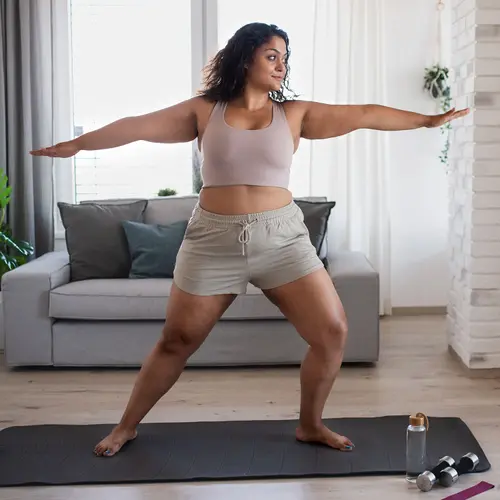If you have asthma, breathing can often feel like a lot of effort. Asthma contracts the air passages in your lungs, so they don't fill up or empty out as efficiently as they are supposed to. That can cause a feeling of tightness in your chest. It also creates less room for your diaphragm to push the air in and out.
If your diaphragm can't do the bulk of the work to keep you breathing easily, your neck, back, and chest muscles try to compensate. You end up working harder but still taking in less air. Your oxygen levels will be lower, making activities more difficult.
Experts recommend simple breathing exercises to calm your breathing and to improve the overall function of your lungs and diaphragm.
Pursed Lip Breathing
This technique is helpful when you feel short of breath. The goal of pursed-lip breathing is to slow your breathing and keep airways open longer. You should aim to take a few breaths but allow more air to flow in and out of your lungs. The exercise itself is simple: breathe in through your nose, then breathe out your mouth with pursed lips. Try to make the exhalation last twice as long as the inhalation. Repeat these long, slow breaths until your breathing returns to normal.
Belly Breathing
Belly breathing, or diaphragmatic breathing, can help strengthen your diaphragm to make breathing easier. It can also be a useful technique for helping with shortness of breath. Start by sitting or lying down in a comfortable position and place your hands on your belly. Take a deep breath in through your nose, focusing on feeling your belly rise under your hands. Then breathe out slowly through your mouth, focusing on feeling your belly return to normal. Practicing this type of breathing for 5-10 minutes per day may help improve diaphragm function.
Yoga Breathing
Studies have shown that people with asthma who take yoga classes have fewer asthma attacks and don't need to rely on fast-acting inhalers as often. In a recently published study, participants took yoga classes that included consciously slowing down their breathing. Researchers believe that slow, deep breaths help strengthen the muscles used for breathing. If you want to incorporate yoga into your overall health plan, discuss it with your doctor. Look for a beginning-level yoga class if you have never done yoga before, and let your instructor know that you have asthma.
Breathing exercises should not replace the medicine your doctor prescribes for controlling your asthma. Continue taking your medications as directed. If you have questions about whether breathing exercises are right for you and how you should use them, talk to your doctor. Your doctor can help you add breathing exercises to your treatment plan.



